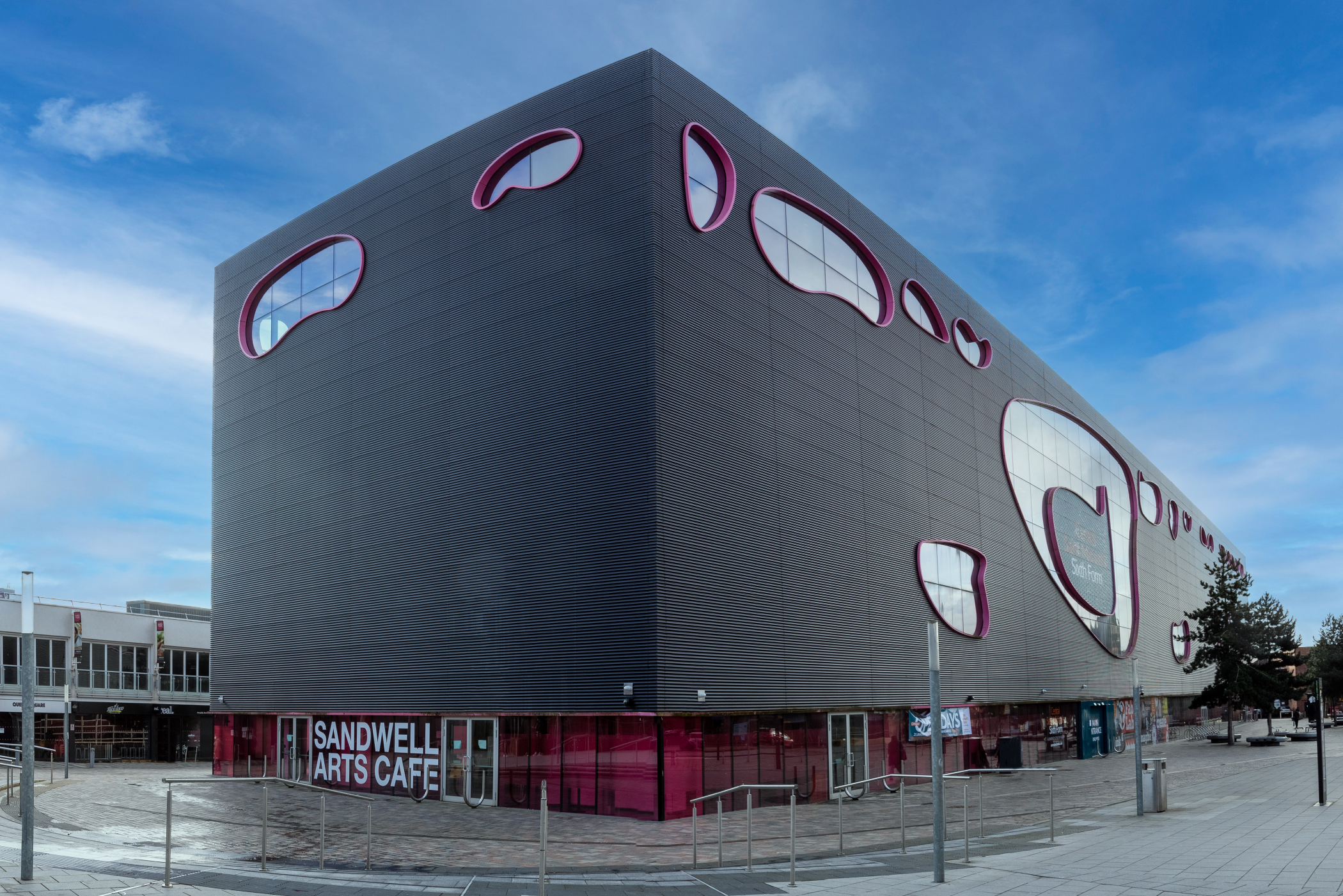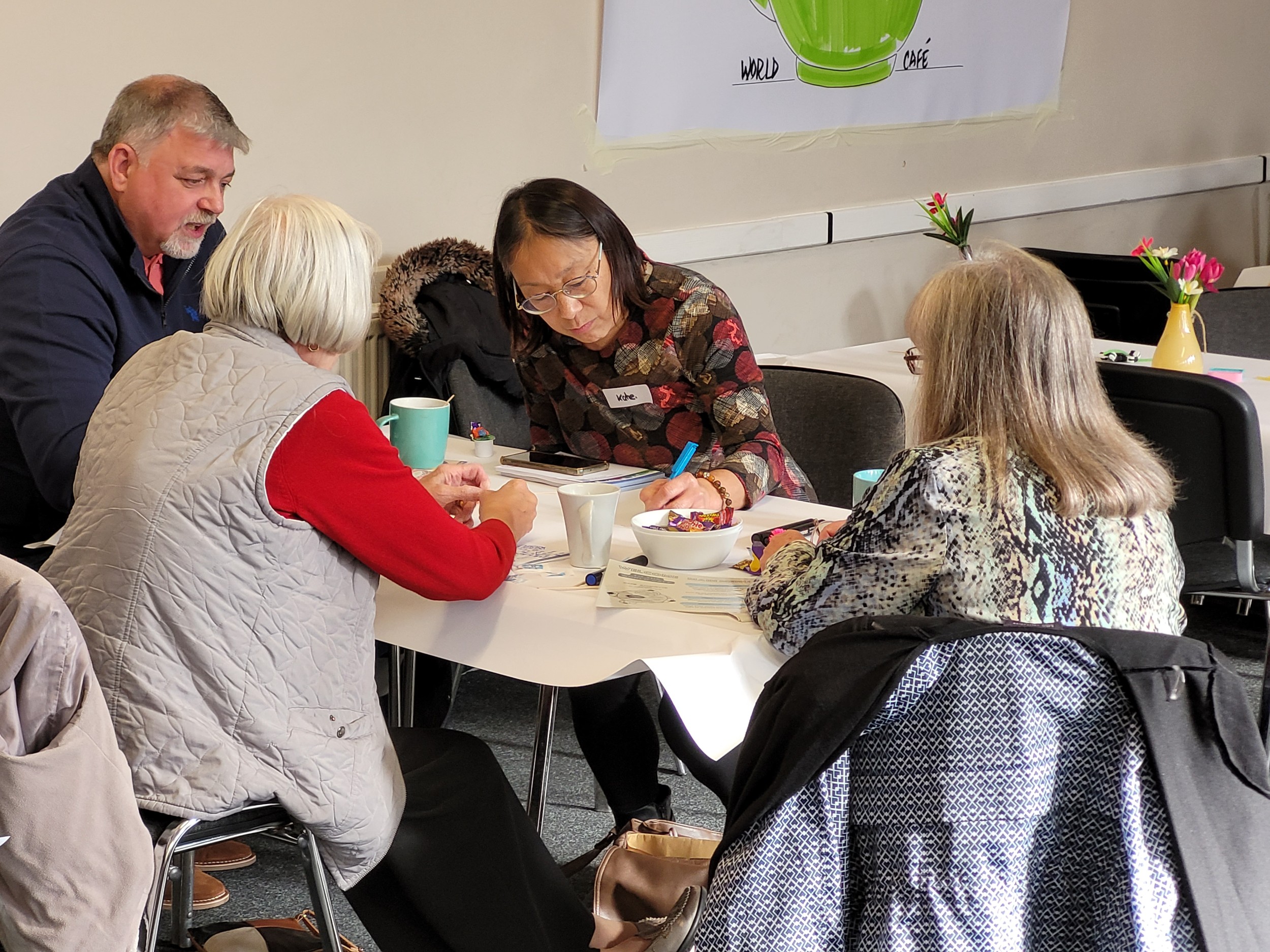The Metropolitan Borough of Sandwell was formed in 1974 and takes in six towns in the West Midlands conurbation: Oldbury, Rowley Regis, Smethwick, Tipton, Wednesbury and West Bromwich. The borough straddles the two historic counties of Staffordshire and Worcestershire.
Like much of the rest of the Black Country, the local area’s economy was based on its rich coal and ironstone reserves, experiencing major industrial growth following the arrival of the canals during the 18th century.
The population of Sandwell is 377,598 with 24.9% aged 0-17, 60.6% aged 18-64 and 14.5% aged 65+. This is above the national average (20.8%) for the percentage of people aged 0-17 years old and below the England average (18.6%) for people aged 65 years old and over.
47.9% of the population are from ethnic minority groups. These groups include people from Bangladesh, China, Gambia, India, Ireland, Italy, Jamaica, Nigeria, Pakistan, Philippines, Poland, Somalia, Spain, Zimbabwe.
The latest figure for life expectancy at birth is 75.5 years for men and 80.4 for women, lower than the England figures of 78.7 years for males and 82.8 years for females. Current ‘healthy life expectancy’ – the number of years lived in good health – is 61.6 for men and 60.5 for women, below the England average of 63.1 and 63.9 years respectively. As many as one in five Sandwell residents has at least one limiting health condition, many of whom have more than one such condition.
Figures from 2018 show that 25.5% of working-age Sandwell residents were economically inactive due to long-term illness, compared with 22.9% in Great Britain as a whole. Employment levels are lower in Sandwell than in Great Britain or the West Midlands.
The 2019 Index of Multiple Deprivation ranks Sandwell as the 12th most deprived English local authority, placing it among the most deprived 5% of districts in the country. Within the borough there are significant levels of deprivation: More than half of Sandwell’s 186 neighbourhoods are in the most deprived 20% in England.
More information about Sandwell's population can be found at Sandwell Trends.
Sandwell Place Partnership
The Sandwell Place Partnership is called the Sandwell Health and Care Partnership.
Who are they?
Sandwell Health and Care Partnership is a partnership of health, social care, voluntary and community organisations who are working together to improve people’s life chances and health outcomes.
They aim to work more closely together to support communities in Sandwell and reduce the widening gaps in health inequalities by focusing on not just health but the wider determinants such as employment, education, lifestyle, housing and the local environment.
The partnership includes:
- The Voluntary sector, represented by Sandwell Council for Voluntary Organisations (SCVO)
- Healthwatch Sandwell
- Primary Care Networks (General Practice)
- Sandwell and West Birmingham NHS Trust
- Sandwell Metropolitan Borough Council
- Adult Social Care
- Children’s Services
- Public Health
- Housing
- Black Country Healthcare NHS Foundation Trust
- NHS Black Country Integrated Care Board
What are they trying to achieve?
The purpose of the Sandwell Health and Care Partnership (SHCP) is to improve health and wellbeing and reduce health inequalities for all people who live and work within Sandwell’s rich, diverse and multicultural communities. The SHCP Board recognise that many people in Sandwell experience deprivation and disadvantage which results in poorer health outcomes and reduced life expectancy. The Board has agreed to work together as one team which is greater than the sum of its parts, achieving more together than we can do separately. The Partnership aims to refocus care towards more preventative, primary and community models of care, supported by greater personalisation and self-determination.
This will involve a shift of resources (financial as well as people) between health and social care, between secondary care and community/primary care, and between mental health and physical care, to where it is best utilised.
Supporting this change is a commitment to co-design services so that they are delivered around the needs of citizens and communities and are appropriate, responsive and accessible.
A Place of Welcome offers your neighbourhood a place where everyone can go for a friendly conversation and free refreshments, if and when they need it, all year round.




